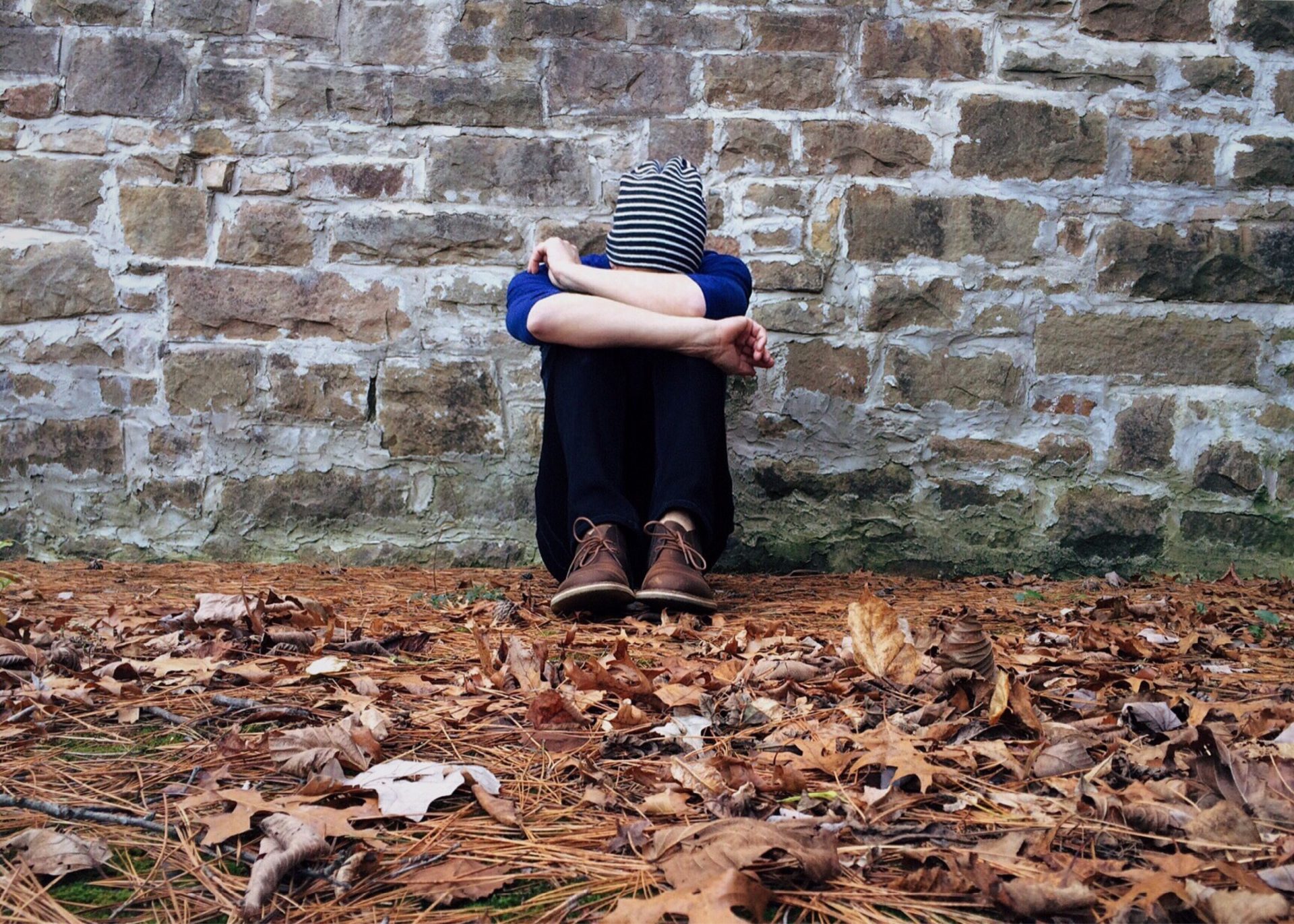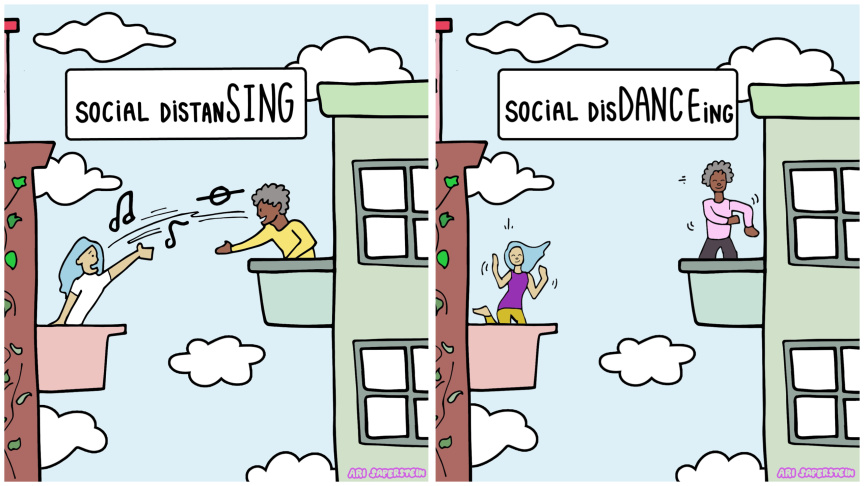Meet Zoey. We adopted her a month ago after my husband spotted her picture in an online listing. I was making breakfast one morning when I heard him say Oh…in that two-tone descending pitch that means someone just stole my heart. I stepped over to peer at his laptop screen as soon as I could leave the stove.
Oh, my… Yep, that’s her, I thought, as we read Zoey’s story. She looked intelligent, petite and sweet. She was just under a year old; the owners were moving and had to rehome her asap.
We’d been scanning photos for months, during which time we’d met two cats that were not a match. We wondered when our cat (or small dog) would appear. That afternoon, honoring social distancing with the humans, we picked Zoey up and brought her home.
Zoey needed a few days to get used to us, but she never hid in fear. She loved the sliding glass doors to the backyard and the many windows of our townhome. We played laser light tag with her and provided plenty of space/time to adjust. After a few weeks, she made a habit of jumping onto my lap every time I sat on the couch.
Then an unexpected development unfolded. I had occasion to lift Zoey off a forbidden piece of furniture when I noticed she seemed heavier than before. She’d been eating plenty in the transition from dry to canned food. Yet she carried this extra weight in her lower belly, and I got the distinct impression she was pregnant.
I texted the previous owner, is it even possible that… was she perhaps in contact with…? Answers came back with a sincere apology. Yes, it was “possible.” There had been a male cat in the household at one time, but they’d had no idea. Did we want help finding a new home, or did we want to return her?
Nope. We just wanted to know whether to follow through.
With the current pandemic, Dr. Ricci was only seeing urgent cases, but she agreed to an office visit so we could confirm. While she couldn’t feel individual kittens yet, she was 90% sure we’d have a houseful in three weeks.
Oh, what a perfect spiritual set up. From the moment we laid eyes on Zoey, we knew she was part of our family. We just didn’t know she’d bring a whole family with her! And though we didn’t ask for kittens (as my brother-in-law said, say goodbye to 2am), we’re excited. It’s an ideal time for hilarity and joy that we could never have planned.
Zoey expands our hearts’ capacity and stretches our ability to flow with life’s unexpected surprises. Life will have Its way. True and wise abundance brings gifts in all forms that we can trust are just right for us, right now.





